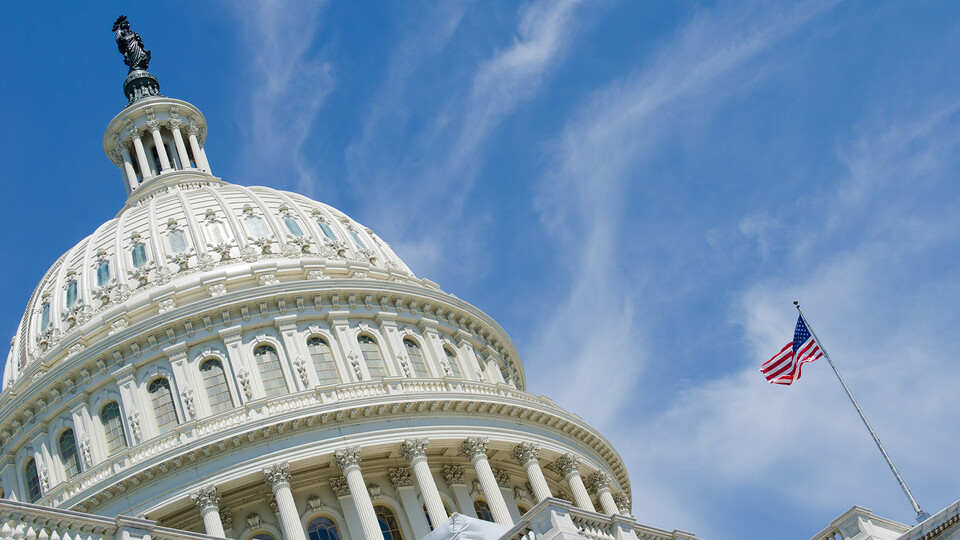Will they cut or won’t they? Fed committee meets in mid-December to decide fate of interest rates

When it comes to making decisions on interest rates, the personal consumption expenditures index, or PCE, is something the Federal Reserve pays a great deal of attention, said Ryan Loy, Extension economist for the University of Arkansas System Division of Agriculture.
The Federal Open Market Committee met recently to decide its next move on interest rates. Since March 2022, the committee has made 11 interest rate hikes, actions meant to pump the brakes on inflation.
The consensus is “it’s going to be almost guaranteed that they’re not going to change it,” Loy said.
While some analysts are forecasting multiple rate cuts for 2024, that’s probably not going to happen, he said.
“If they let off the gas too early or start cutting it, then you’re just going to get caught in this vicious cycle of having to raise them and drop them again and raise them and drop them again,” Loy said. The Fed is “just playing the long game and will likely drop the rates steadily over time.”
Looking at the CPE
While many are familiar with the Consumer Price Index, the PCE is a little different.
“The only difference between CPI and the PCE is how it’s calculated,” Loy said. The PCE, which also comes from the Bureau of Economic Analysis, “puts weight on certain different sectors of the economy than the Consumer Price Index.”
One example of the difference between the CPI and the PCE is how the Consumer Price Expenditure index looks at consumer behavior—specifically “substitutability.”
“It’s how consumers substitute goods,” he said. For example, when prices rise, the consumer who might normally buy a steak, might buy hamburger or other cheaper cuts instead.
“The Consumer Price Index doesn’t really take those substitutions into account,” he said.
To add another layer of detail, there are two versions of the PCE. One version includes the cost of housing and energy and the other does not.
“Housing and energy is very volatile, so they remove it, leaving you with the ‘core PCE’,” Loy said.
The core PCE rose 0.2% in October and is currently at 3.5% year over year, “but it’s not that huge a deal because personal income last month actually rose 0.2%, so consumers are keeping up with inflation,” Loy said. That’s in contrast to “the last two years we have not been keeping up with inflation,” he added. “All that is to say that we’re actually looking pretty good.”
Even as inflation slows, the threat of inflation isn’t gone.
In September, Goldman Sachs CEO David Solomon said it was his opinion that there was still a lot of uncertainty with the economy and thought that inflation could be “sticky,” persist into 2024 and cloud the prospects for interest rates to decline.
“Just keep an eye on the PCE,” Loy said.



